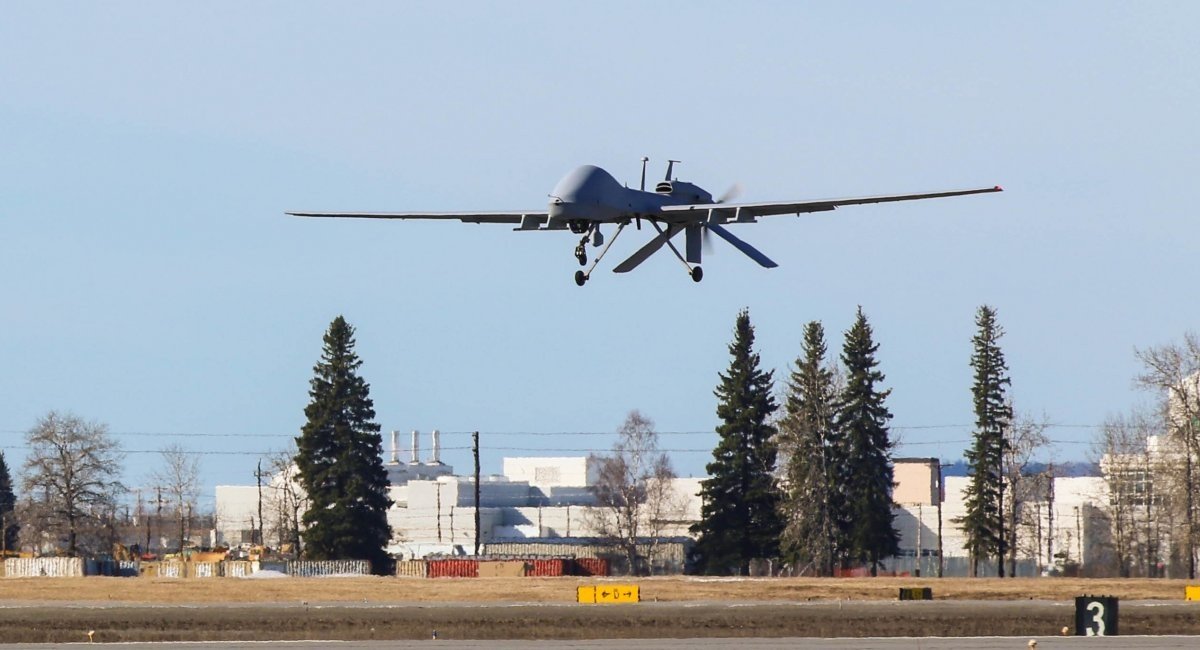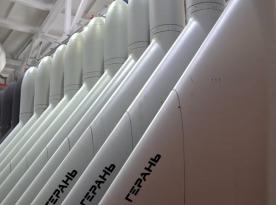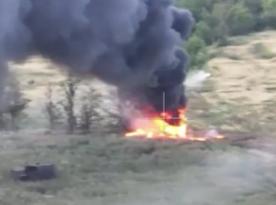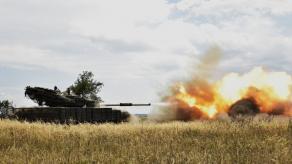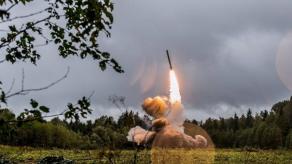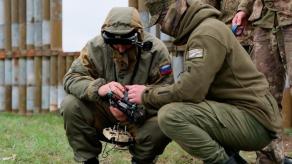The MQ-1C Gray Eagle unmanned aircraft system still has a chance to be supplied to the Ukrainian Army, CNN reports, though under a certain logical condition imposed by the United States.
Currently, the country is denying the supply based on the concern that some of its systems, crucial to the U.S. defense, may end up in the hands of russians in case it is shot down over occupied territory. From then on, the U.S. would not be able to do anything about these technologies appearing in the hands of American enemies.
Read more: The U.S. Lawmakers to Accelerate Sale of MQ-1C Gray Eagle Drones to Ukraine
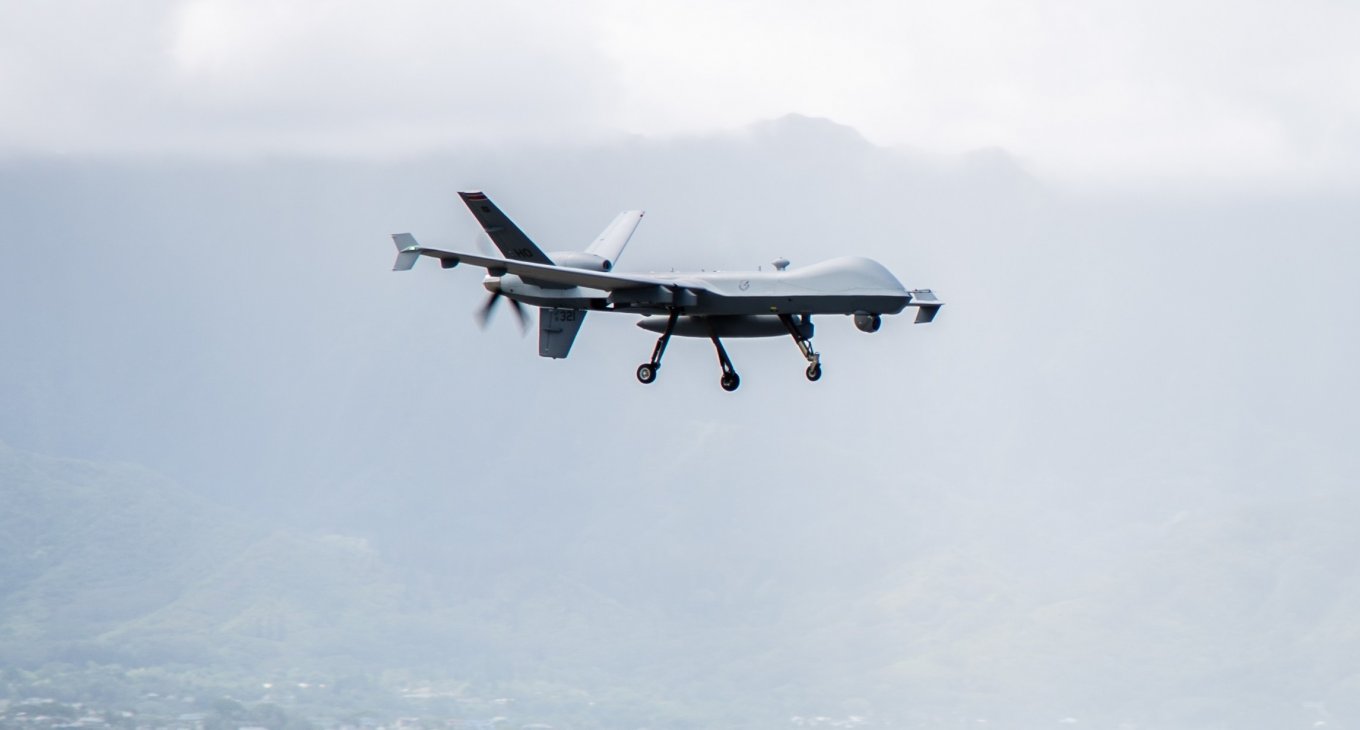
Citing two officials close to the matter, CNN says the Army is currently studying a possibility to strip the sophisticated drone made by General Atomics so it poses less danger of technology leak if it’s lost in combat in Ukraine.
This makes the future transfer of MQ-1C to Ukraine more likely, "but those things take time and are fairly complex," a congressional official told journalists.
The reason for these adjustments is fairly reasonable. The MQ-1C Gray Eagle is designed to carry out attack missions using the AGM-114 Hellfire missiles. The firing range is about 10 to 12 kilometers, which requires getting close to enemy air defenses, therefore the chance of losing this UAS is not zero at all.
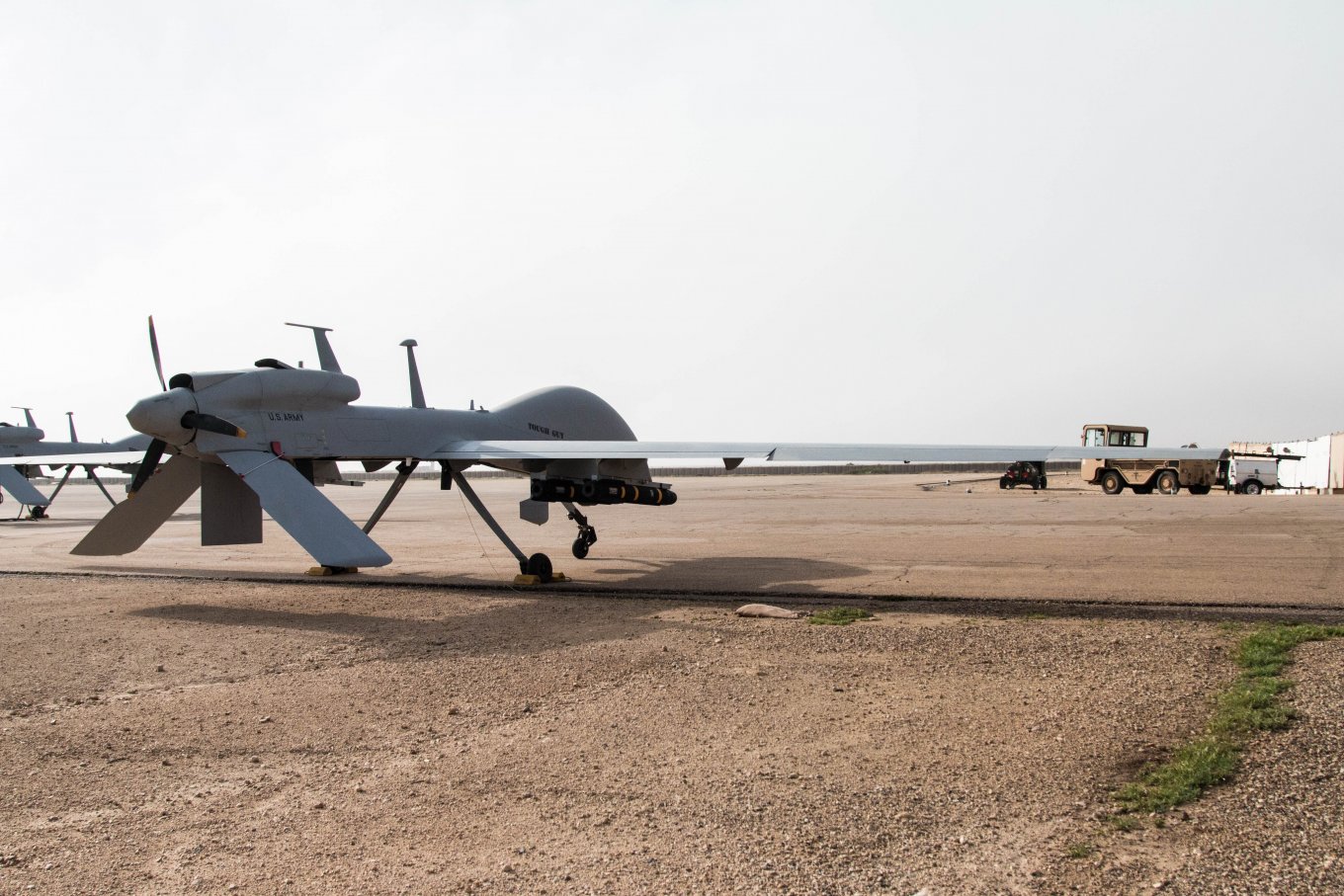
That is why the creation of a "simplified version" of this unmanned aircraft looks logical. As for the particular systems the American military is concerned of losing, Defense Express assumes these might be the AN/ZPY-1 radar which, despite its 29-kg weight, size of 34 cubic decimeters and power of only 750 W, can detect a person from 8 km away, day and night, regardless of weather conditions. Such effectiveness is something optical or thermal systems depending on cloudiness cannot achieve. Another notable piece of valuable technology is the AN/AAS-53 multi-spectral targeting system and the satcom system.
The problem is, you cannot just take them off the drone, or the latter becomes just a remotely controlled aircraft. All of these systems should be replaced by corresponding but less classified components; probably with the ones already used by the Armed Forces of Ukraine.
For example, instead of AN/AAS-53, a Canadian Wescam MX-15D could be installed which is used in Bayraktar TB2 attack drones of Turkish manufacture. The satellite communication system could be based on Starlink or a direct radio channel system with a control station.
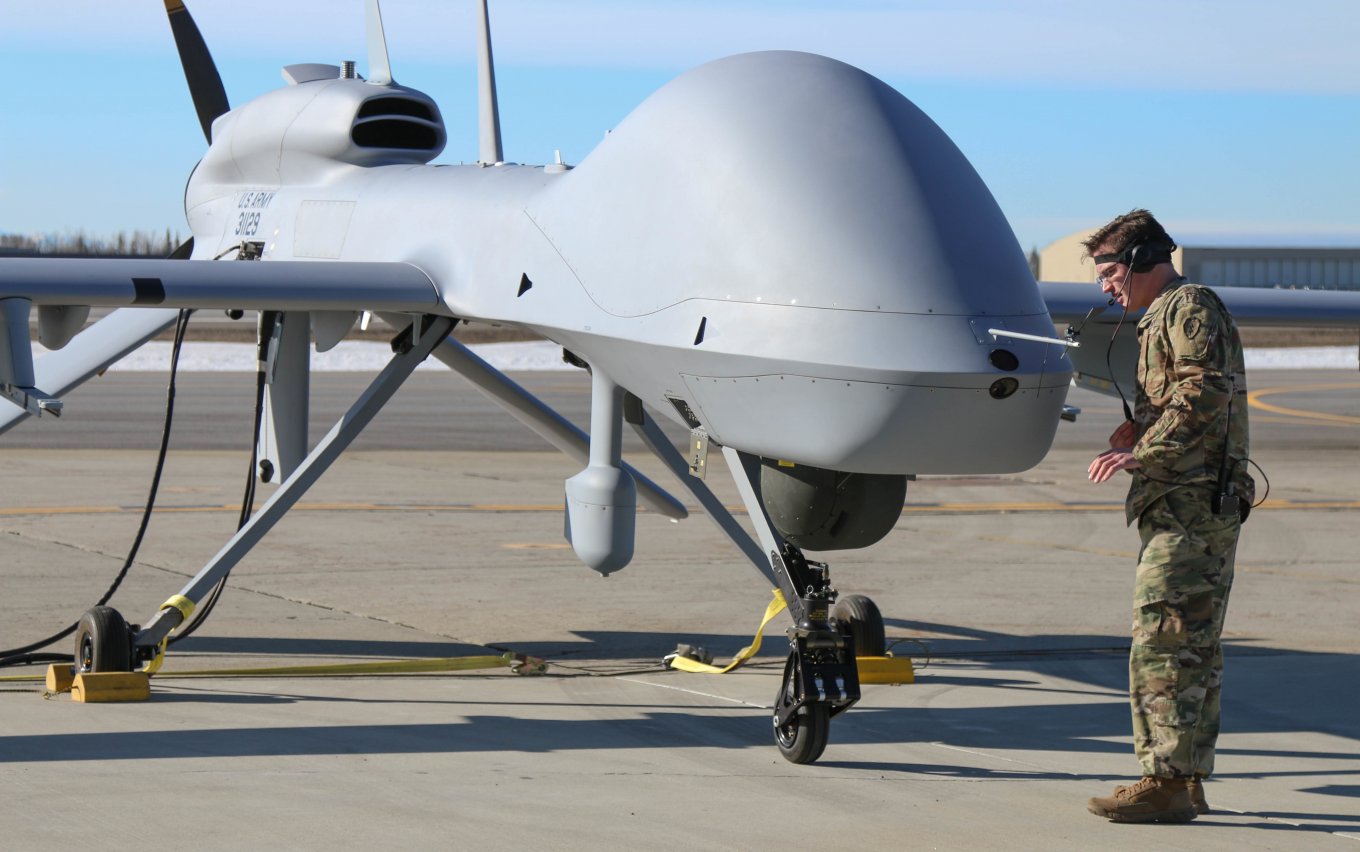
As it comes to the most valuable part of the MQ-1C Gray Eagle – the AN/AAS-53 radar – finding an evident replacement for this one is a more difficult task. Moreover, it’s not that simple to adjust the hardpoints and communication devices because it affects the aircraft’s balance.
These adjustments may require some new solutions for the drone’s construction. And there’s also time needed to make the modified variant, test it and adjust the already produced drones to match the design.
Read more: Ukraine's New Vessel Drone Revealed: Specifications, Photos and Detailed Capabilities




